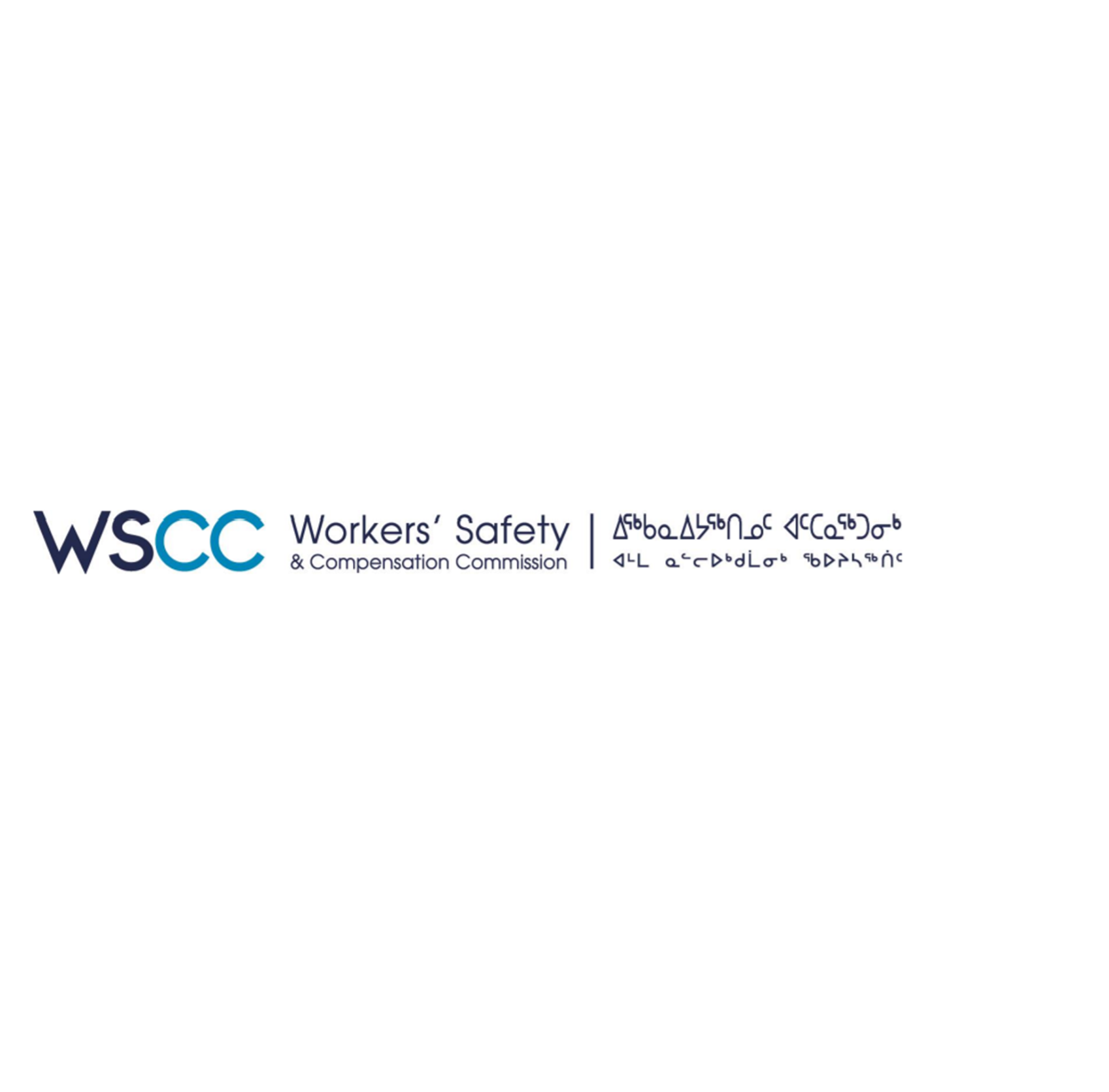Strains and sprains are painful injuries, but they’re also very common. At some point in your life, you have likely sprained a ligament, or strained a muscle or tendon. It could have been cause by a second of distraction while stepping off the sidewalk, by lifting a heavy load at the gym, or by repeating the same movement for a long period of time.
Sprains and strains, were the most common type of injury of workers in the Northwest Territories and Nunavut in 2021. Almost 18% of the injuries reported to the WSCC involved strains or sprains. Potential causes of strains and sprains are endless, meaning that type of injury should receive special attention when creating a workplace safety plan.
What are sprains and strains?
Sprain: Ligaments are sprained when a joint is twisted or wrenched.
Strain: Overuse, force, or stretching a muscle or a tendon can cause strains.
Although different, both injuries can be caused by the same kind of activities. The back and trunk or torso of the body are the most affected by strains and sprains. Almost 40% of workplace injuries in 2021 involved these parts of the body. For that same year, 27% related to injuries to legs or other lower extremities such as knees or ankle joints.
Symptoms for both sprains and strains are similar. They include a burning sensation, swelling, shooting pain, difficulty or incapacity to move, numbness, or fatigue. If you experience these symptoms, take action immediately: ignoring these symptoms can lead to a complication of the condition that could result in long-term effect.
How does it happen and who is at risk?
Many types of activities can lead to these injuries. Overexertion (28%), bodily reactions (14%), and falls on the same level (11%) are the most common causes of strains and sprains. More than 61% of overexertion incidents resulted in a sprain or strain injury.
Due to the nature of these injuries, workers that carry out regular physical work are vulnerable to sprains and strains. Examples of jobs that are more vulnerable include nurses, construction workers, and heavy equipment operators.
That being said, don’t get too comfortable if you work behind a computer! You are also at risk for these injuries. If you don’t pay attention to the ergonomic requirements of your workstation, your posture will be affected. Over time, it can lead to sprained ligaments or strained muscles and tendons, and could require long term rehabilitation work.
Examples of work activities where strains and sprains could happen:
- A nursing aid can suffer a back injury after lifting a patient.
- A construction worker can be injured from using a jackhammer for long hours without proper breaks.
- A teacher can slip on an ice patch in front of the school and injure an ankle.
- An office worker can develop upper body pain by sitting at a workstation that is not adjusted for their ergonomic needs.
Prevention
Sprains and strains can happen during many activities. Luckily, there are a few simple measures everyone can take to reduce the risk of injury.
- Exercise frequently to keep strength in core muscles.
- Warm up before physical activity.
- Be aware of any falling hazard in your workplace
- Make sure your footwear fits well and is in good shape
Employers should also mitigate the risk of strain and sprains in the workplace by:
- Providing suitable personal protective equipment when heavy or awkward loads are to be carried by workers.
- Ensuring workstation ergonomics are adapted to each worker, and to the tasks that must be accomplished.
- Identifying workplace hazards, and providing workers with training to mitigate those safety risks.
- Providing devices that will give relief to workers who have to stand for long periods of time.
Resources
Since the back is especially at risk of sprain and strain injuries, workers must know how to properly lift loads. WSSC has published two previous Safety Spotlights that include resources designed to keep your back healthy:
- Lifting Safely in the Workplace will show you how to avoid the most common lifting injuries.
- Back injury will provide you with the best strategies to avoid hurting your back in the workplace.
Poor ergonomics is also a common cause of strains and sprains. The Toolbox Safety Talk – Ergonomics and Musculoskeletal Disorders will give you tips to implement proper workplace ergonomics.
CCOHS Resources
Ergonomics: A series of fact sheets on workplace ergonomics.
Prevention of Slips, Trips and Falls: Slip, trips and falls can be a major cause of strains and sprains.
Weight Lifting Tips: A quick reminder about safe lifting practices.
Source: WSCC


